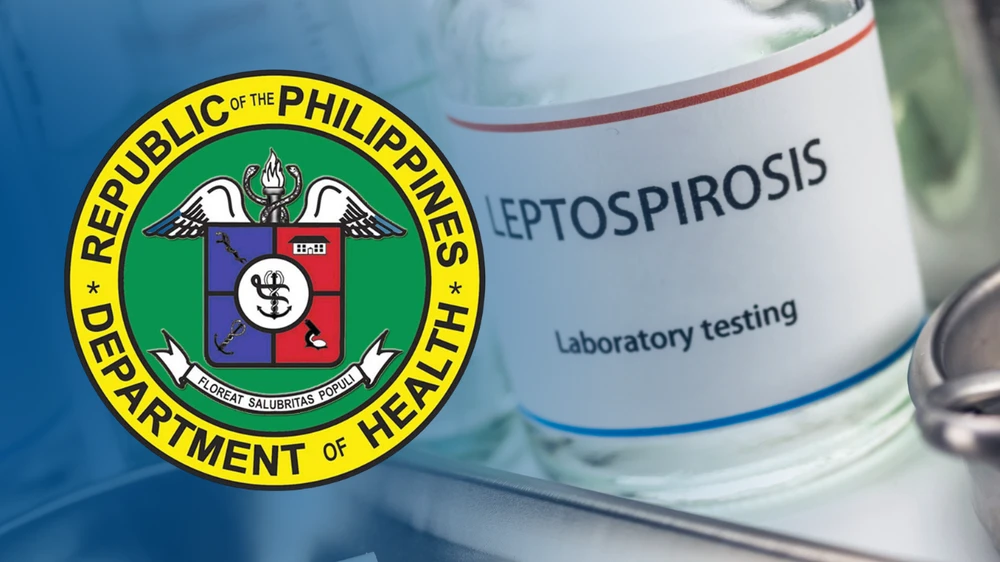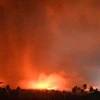
Hanoi (VNA) - The Philippines' Department of Health (DOH) on August 10 directed all hospitals in Malina to activate their leptospirosis surge capacity plan, amid rising cases following the massive July 24 flooding.
According to DOH, the increasing number of leptospirosis cases in Manila puts great pressure on the health system's ability to respond timely and significantly, especially the lack of human resources and medical equipment to care for patients.
It announced this after the National Kidney and Transplant Institute (NKTI) and San Lazaro Hospital reported more admissions of leptospirosis patients.
The NKTI converted its gymnasium into a leptospirosis ward where patients can be administered dialysis. The 66-bed makeshift gym ward and emergency room are full.
Both hospitals are adding more beds to accommodate more patients and clamoring for more doctors and nurses to care for the increasing number of patients.
Romina Danguilan, deputy executive director for medical services at the NKTI, said the hospital cares for at least 72 patients, 62 of them undergoing dialysis because of kidney failure.
According to Danguilan, the patients also have acute pancreatitis, liver function abnormalities, and hepatitis. Some have severe lung damage, so they need to be intubated, while some others are attached to respirators,
Another government-run San Lazaro Hospital also cares for 88 leptospirosis patients, with 32 aged 18-year-old below. Five have died.
Leptospirosis is a bacterial disease affecting humans and animals. According to the World Health Organization (WHO), humans get infected through direct contact with the urine of infected animals or with a urine-contaminated environment.
The bacteria enter the body through cuts or abrasions on the skin or the mucous membranes of the mouth, nose and eyes, the WHO said.
From January until July 27, 2024, the DOH counted 1,444 cases and 162 deaths./.






















